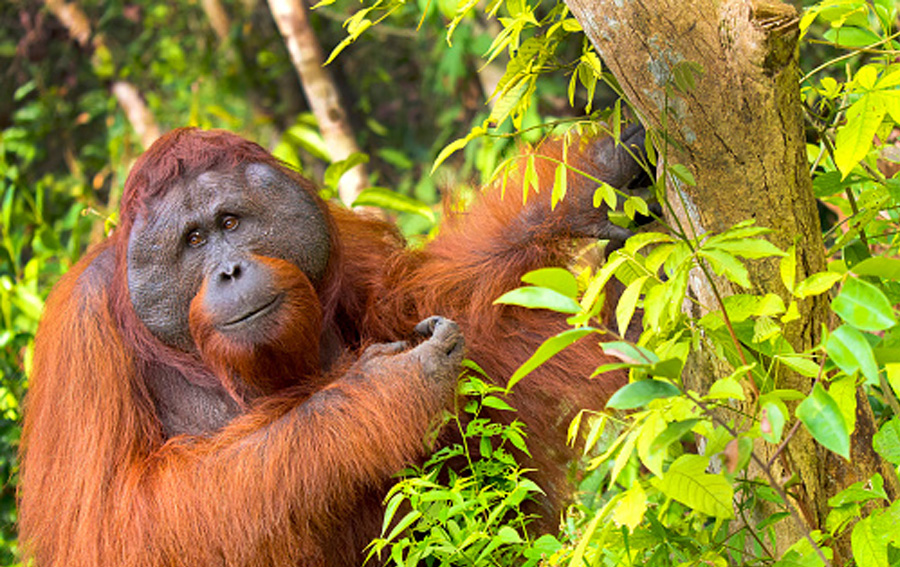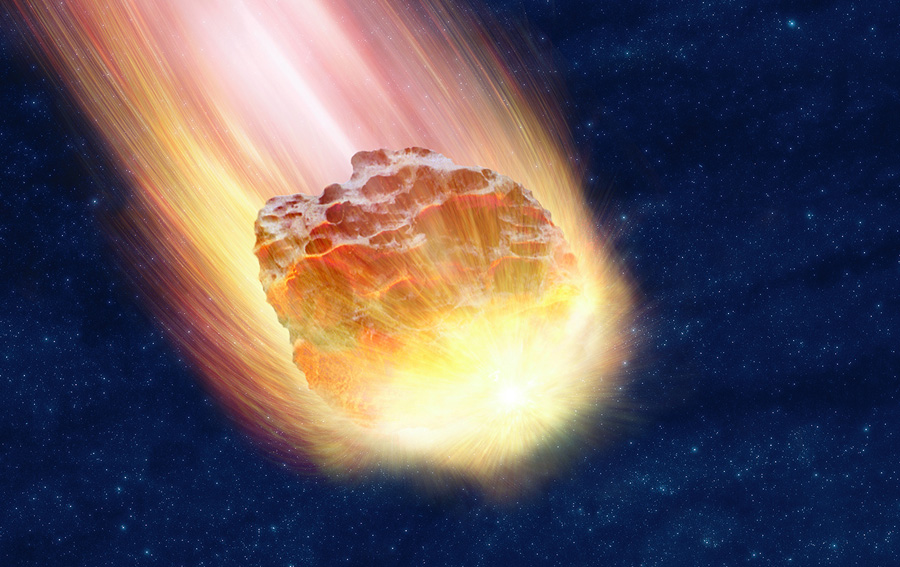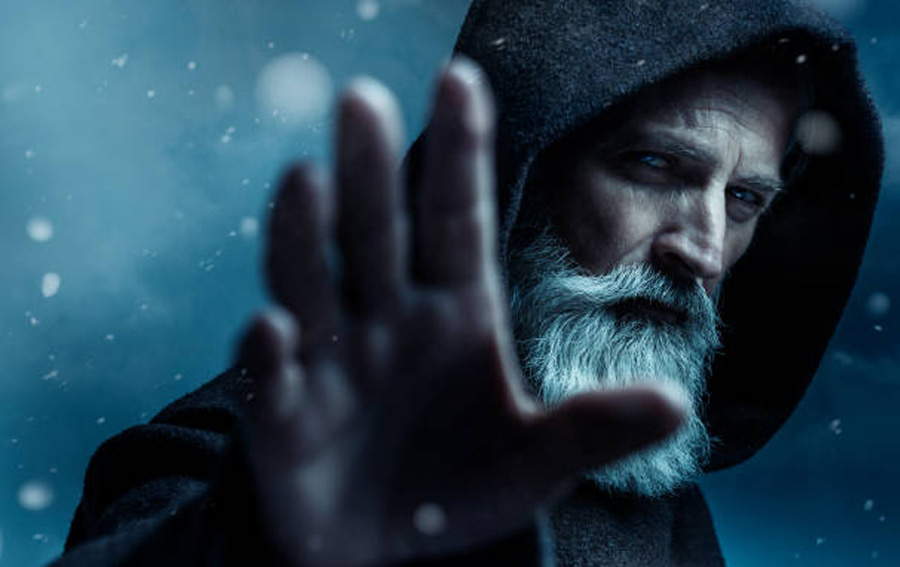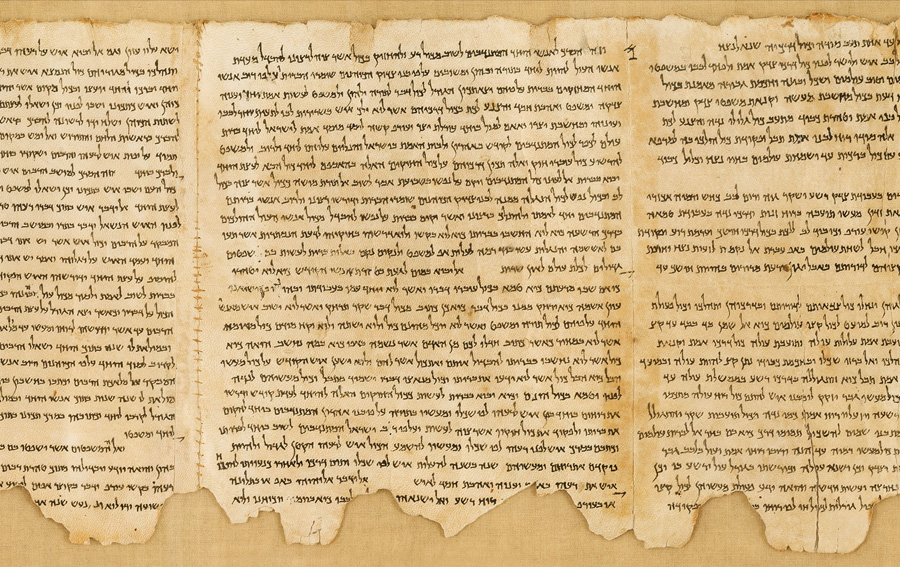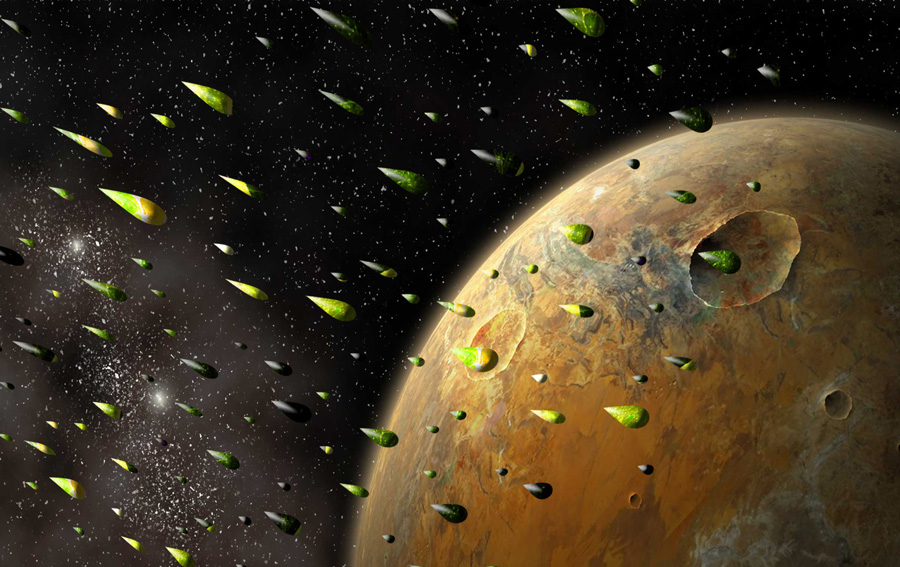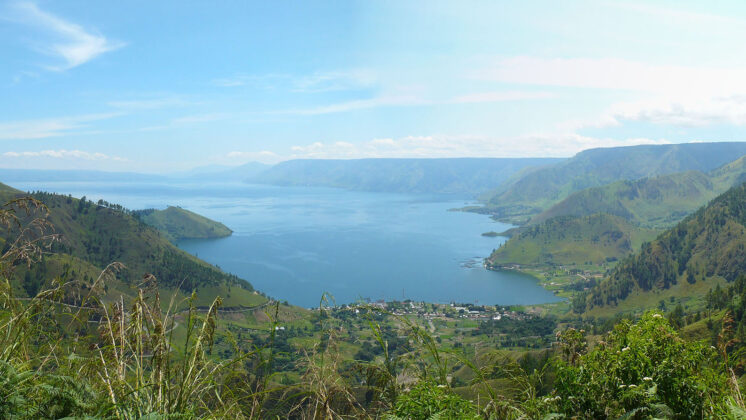
New analysis of ancient writings suggests that sailors from the Italian hometown of Christopher Columbus knew o
By J. Douglas Kenyon
The secret of John Dee’s ‘spirit mirror’ has been revealed. Or not…
Intended for communication with ‘angels’–among other things–a volcanic obsidian black-glass mirror, made by Aztecs and brought to Europe after the Spanish conquest, was used by Queen Elizabeth I’s esteemed advisor in politics and magic, occultist John Dee. A new geochemical analysis in the journal Antiquity, while making no claims about the ‘angel’ part, now documents the authenticity of the strange artifact displayed in the British Museum. (https://www.cambridge.org/core/journals/antiquity/article/mirror-the-magus-and-more-reflections-on-john-dees-obsidian-mirror/38D4BFEA2CB9766973791029C2EE1289)
The almost perfectly circular obsidian mirror, 7.2 inches in diameter, is polished on both sides. In a practice known as “scrying” (from “descrying”) or crystal-gazing, Aztec priests used such mirrors, it was said, to peer into the future. European scrying survived well into the Renaissance, but the Roman Catholic Church declared images appearing in crystal balls were the work of evil spirits, and condemned scrying as a “black art.” The church called its practitioners specularii—heretics—to be punished accordingly.
Anyone believing that the mysteries of Dr. Dee have thus been laid to rest, will be surprised to learn that the case of the legendary polymath/magus, and his many esoteric tools–including spirit mirrors–remains filled with anomalous revelations that can still leaved researchers perplexed and amazed.
In his book John Dee and the Empire of Angels (Inner Traditions, 2018), author Jason Louv documented communications that occurred between 1582 and 1589, involving Dee, his associate Edward Kelly, and ‘angelic’ beings. In an excerpt published in Atlantis Rising Magazine #132, Louv told how, “the angels explained the true origins of humanity, and delivered the original language spoken by mankind before the Fall.” Dee and his associate Kelly, an itinerant psychic, claimed that this language, along with a mathematically complex system for making further contact with the angels, was to be used by Dee and Kelly to advance the world toward the ‘Apocalypse’.
While such a story might today be dismissed as mere fantasy, in the sixteenth century it was anything but a fringe event, as evident in the outsized role that John Dee continued to play in history. Alchemist, magician, and Christian cabalist, Dee is credited with coining the term, ‘British Empire.’ So impressed by him was the Queen that she asked him to examine her astrology for the best time for her coronation. In a highly literate age, Dee’s scholarship was unparalleled. His home at Mortlake, indeed, contained more books than any private library in England, as well as a ‘magic mirror’ that, it was said, would astound all who dared look at their reflection.
According to writer Steven Sora in Atlantis Rising #81, Dee was also a spy, and the inspiration for novelist Ian Fleming and his James Bond character. A hotbed of political intrigue, Elizabethan England saw rampant plotting, counterplotting, assassinations, and threats of war. The queen understood that keeping her throne meant knowing on whom she could rely. Dee reported only to her and her spymaster Francis Walsingham. Dispatches to Dr. Dee were signed by the Queen as “M,” just like Bond’s boss. Nearly four centuries before Bond’s famed code name, Dee referred to himself as agent “007.” Incidentally, a very important member of the court, the Earl of Leicester, whom Dee had tutored as a child, used a similar code, marking his secret correspondence with two dots, or two number “0”s representing eyes. Dee marked his correspondence to the Queen: “For Your Eye’s Only.”
Along with Sir Francis Bacon, Dee is considered the inspiration for, if not the co-founder of, the Rosicrucian brotherhood. Since the ‘brotherhood’ in Dee’s time, was not yet chartered, it had no established organization or rules, officers, or even members. It was indeed, as claimed, a brotherhood of “Invisibles,” and for good reason. To be a ‘visible’ proponent of any science condemned by the Church could shorten one’s life expectancy considerably.
Many scholars believe the Rosicrucian brotherhood played a great part in Dee’s performance as Elizabeth’s spy. His position as court mystic, connections to the “Invisibles,” and his gifts that seemed almost supernatural, gained him ready access to Europe’s esoteric circles.
As for ‘magic’ mirrors, Elizabeth certainly had access to Dee’s “shew-stone,” an egg-shaped crystal ball that Dee said the “child-angel Uriel” had given him in a vision. Gazing into it, claimed Edward Kelley, revealed myriads of angelic spirits. It, too, apparently, is available to be seen in the British Museum.
According to writer John Chambers, in an article for Atlantis Rising #81, the use by British monarchs’ of such magic mirrors, goes back to King Rience of North Wales, perennial foe of King Arthur. Merlin the magician was said to have given Rience an enchanted, all-seeing, mirror that was “round and hollow, and . . . like a great globe of glass.”

